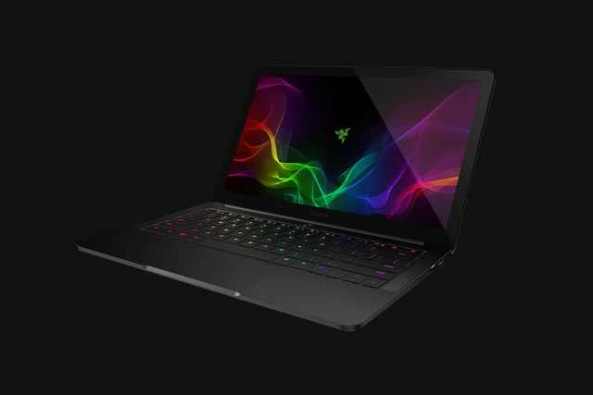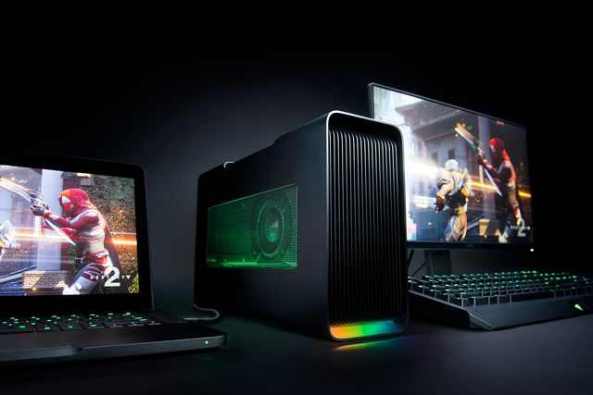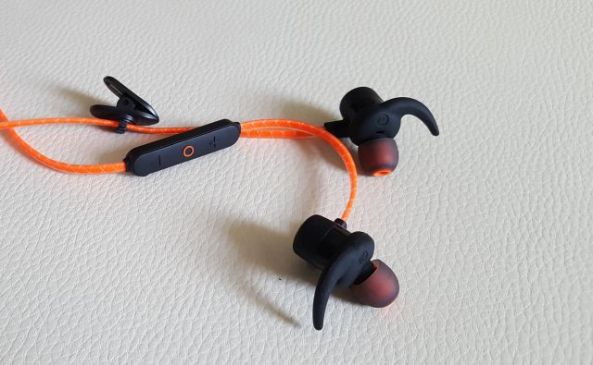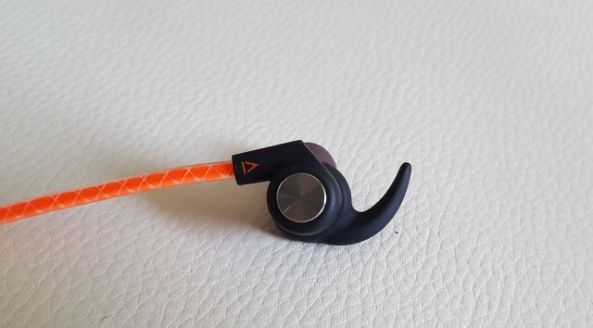For those of us who spend a lot of their time on the computer, display quality has become an important issue. From CRT to OLED monitors, modern technology had a great impact on the monitors we use today.
IPS ( In-Plane Switching ) monitors have the advantage of reproducing the color spectrum in a very efficient manner and offers the user a broad angle view. Compared to first generation LCD monitors, where you couldn’t see a thing when viewing from one side, this is the field where IPS is considered a winner.
2017 was a good year when it comes to technology breakthroughs and the display market is also a part of it. We know its hard to decide which best ips monitor fits your needs, so we have compiled a small list.
1. Dell UP2718Q IPS Monitor
Addressed to professionals with a generous budget, the Dell UP2718Q is a monitor that impresses on all chapters.
The 27 “diagonal screen uses an AHVA (IPS) LCD panel featuring 100% coverage of the Adobe RGB palette, 100% of the sRGB, 100% Rec. 709, 97.7% DCI-P3 and 76.9% of the Rec. 2020 color space.
Dell offers the factory pre-calibrated UP2718Q monitor to represent sRGB and Adobe RGB color palettes with DeltaE precision of less than 2. The screen can be used for professional photo / video editing without the need for any other fine-tuning.
2. BenQ SW320 IPS Monitor
The BenQ SW320 features a 10-bit IPS panel, Adobe RGB color space, and advanced color calibration tools.
The model puts strong emphasis on a versatile connectivity, providing HDMI, DisplayPort and Mini DisplayPort 1.4 ports as well as PC connections with Macs or latest generation graphics cards in Windows configurations. At the same time, for the fast transfer from mobile storage media, the user can use a USB 3.0 hub and an SD card reader.
3. Dell UltraSharp UP2718Q IPS Monitor
Dell unveiled its first UltraSharp monitor with the ability to display content in HDR10 format. This is called the UltraSharp UP2718Q and seems to be geared towards creative professionals, promising natural colors, an expanded color range spectrum and high brightness to meet the HDR standard. Like other high-end Dell models, it comes with a 4K panel.
Currently there is very little HDR10 content on PCs, just services such as Netflix, YouTube and Amazon Prime offering compatibility with it. Windows 10 from the new Creators Update has received native HDR display support, and video games start with small steps to adopt this technology on your PC.

While all three models are a delight to the eye, when it comes to pricing things don’t look so well. Anyone who wishes to own such a masterpiece in their office or home has to take over $1,200 out of their pocket. If it’s worth it or not, it’s up to the end-user to decide.
One thing is for sure. If we are to compare them with monitor technology from the 2015 for example, they are worth every penny.




